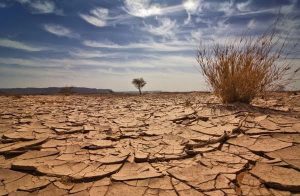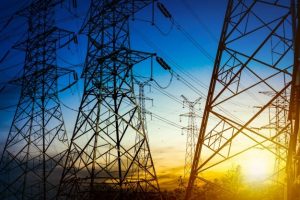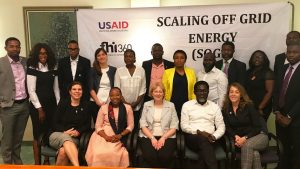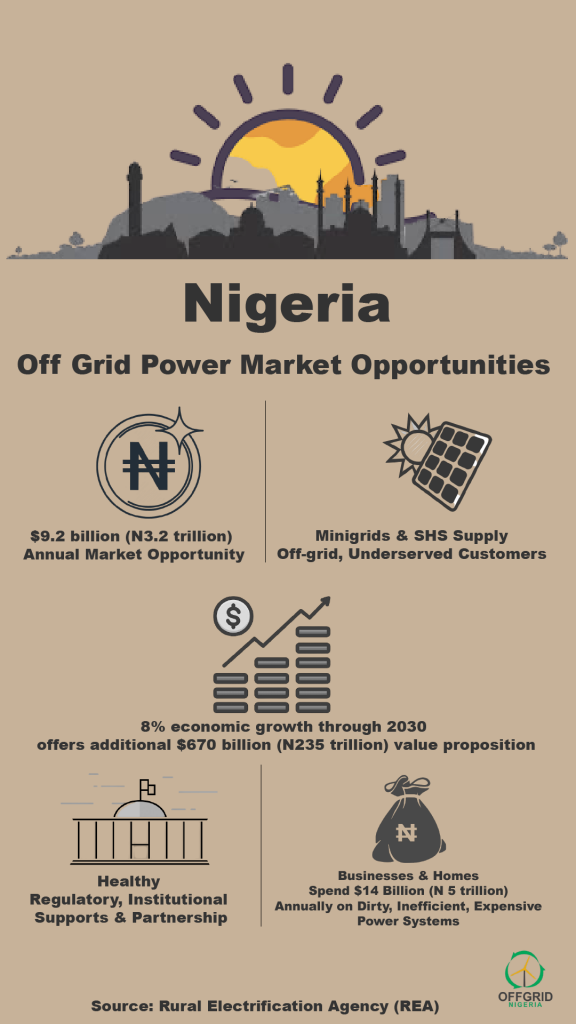By Samuel Otieno, Nairobi
Fostering and embracing off-grid renewable is essential to achieve 100 per cent energy access, hence socio-economic development in Sub Saharan Africa.
This was a prime issue during the 3rd International Off-grid Renewable Energy Conference and Exhibition that I attended in Nairobi, Kenya from 30th September to 1st October, organised by the International Renewable Energy Agency (IRENA) in partnership with the Ministry of Energy and Petroleum of Kenya and Alliance for Rural Electrification.
The meeting brought together more than 500 participants, high level decision makers from governments, international development agencies, private sectors, innovators, policy makers and consumers with the aim to boost electricity access through the development of off-grid renewables.
Today, roughly 15 per cent of the world’s population lives without electricity, but off-grid solutions can provide an estimated 60 per cent of the additional generation needed to achieve universal access.
Experts emphasised that access to adequate, reliable, sustainable and affordable modern energy services is crucial in achieving Sustainable Development Goals (SDGs) set for vision 2030 in the world.
According to Adnan Amin, director general of IRENA, “electricity empowers people and communities to increase income and productivity, gain access to health care and education services, enhance water and food security, and improve general well-being.
However, extending power to everyone, especially at a rapid pace due to increase in population growth, cannot be done solely through national electricity grids,” he adds, which calls for an alternative option.
“For example mini-grids-isolated, community-level power grids, which eventually absorbed into main grid or may continue autonomously,” said Amin.
Amin urged African governments to enable conditions for deployment of the pace of electricity access expansion through mainstreaming off-grid solutions (both stand-alone and mini-grids) into national electrification strategies and sectorial development plans.
“There is ample evidence to suggest that a bottom-up decentalised electrification approach offers the opportunity to complement the traditional grid extension, with transformative economic benefits on offer,” explains Amin.
Speaking during the opening session, Charles Keter, cabinet secretary of Kenya Ministry of Energy and Petroleum detailed the many examples of stand-alone and mini-grid renewable energy systems in place and under development throughout the country.
“Kenya is committed in ensuring universal access to energy by the year 2020. This will be achieved through exploitation of the locally available energy sources including off-grid solutions,” said Keter, adding that Kenya government welcomes private sector players both locally and internationally to invest in the country’s energy sector.
Peter Kinuthia, energy officer at East African Community said that technology advancements and setting correct business and finance mode like direct sale, rent-to –own and service models will make stand-alone solutions accessible and affordable for rural consumers.
However each model has pros and cons, and the most approach depends greatly on local conditions, including the consumers’ willingness/ability to pay, access to enterprise and end user finance, market demand and availability of local capacity to deliver technical and financial services.
At the end of the meeting I was convinced that energy impact development at consumptive level, in terms of improved quality of life and living standards through lightning, communications and access to information and entertainment.
Otieno is a Nairobi based journalist, and can be reached via sirmeemckotee@gmail.com, as well as his Twitter handle: https://twitter.com/samotieno13





